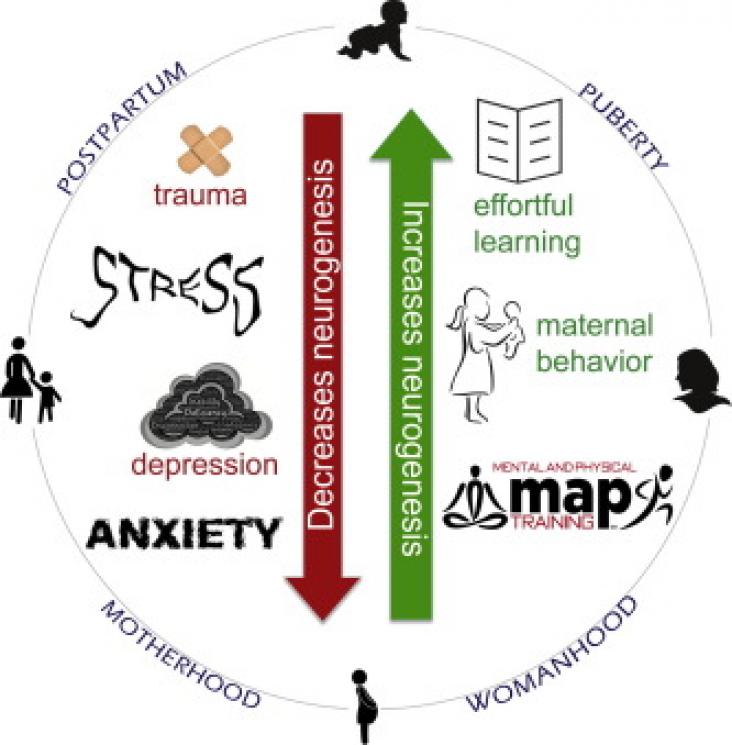This article advances SDGs 3, 5, and 16 by demonstrating how gender power inequalities are at the root of sexual violence against women and outlining ways to prevent sexual violence and mitigate the mental and physical health impacts of rape.
There have been various ways on how to address the practice of violence in a spousal environment. Linked to SDGs 3 and 5, this chapter presents an approach to violence that is split into three paths, namely physical, psychological and sexual violence. Psychological violence includes stalking, financial abuse and social isolation. However, the authors emphasise that these are just categories of study and analysis and in real life, they coexist within aggression.
Spousal violence carries within itself a set of consequences that go beyond bruises, hematomas or other physical injuries. However, very little attention has been given to the psychological impact of spousal violence due to a generated common idea that violence is only serious when it leaves bruises or exposed fractures. Furthering SDGs 3 and 5, this chapter emphasises the impact that violence represents in terms of mood, anxiety and even post-traumatic stress.
Contributing to SDGs 3 and 5, this chapter discusses how spousal violence interventions must be interdisciplinary, integrated, and coordinated to be effective and avoid secondary victimisation.
Nordic countries are the most gender equal countries in the world, but at the same time they have disproportionally high prevalence rates of intimate partner violence (IPV) against women.

Sexual aggression and violence against women (VAM) are not only social problems; they are mental health problems.
The discussion links Principle 5 of the Women’s Empowerment Principles (WEPs), which encourages companies to expand on their business connections with women-owned enterprises, to advance Goal 5

More women are entering the oil and gas and petrochemical sectors – but there’s still a way to go. It’s all part of a wider drive to increase diversity in the workforce. This is important for advancing SDG 5.1 to end all forms of discrimination against all women and girls everywhere and SDG 5.5 to ensure women’s full and effective participation and equal opportunities for leadership at all levels of decision-making in political, economic and public life.
This book chapter advances SDG 3 and 5 by explaining how maternal immunization prevents infectious diseases in the mother and infant during a period of increased vulnerability.

Although gender pay gap reporting legislation in the UK does not come into force until early 2017, employers may have to collect gender pay gap data from as early as April 2016. To help HR professionals get ready for their reporting obligations, XpertHR has compiled helpful FAQs and a timeline. Gender pay gap reporting advances SDG 5.C to adopt and strengthen sound policies and enforceable legislation for the promotion of gender equality, as well as SDG 10.
